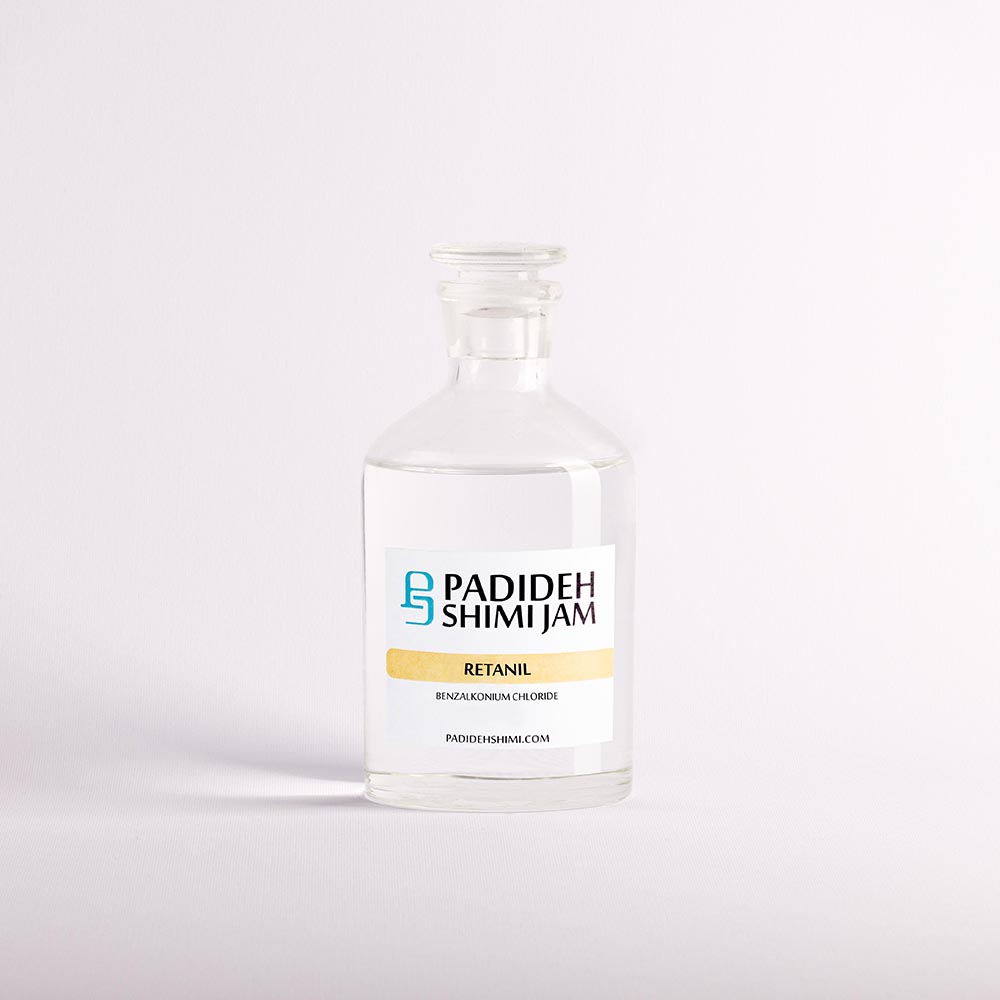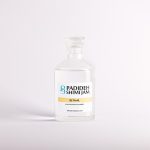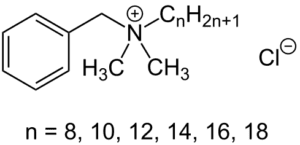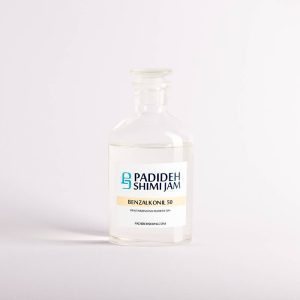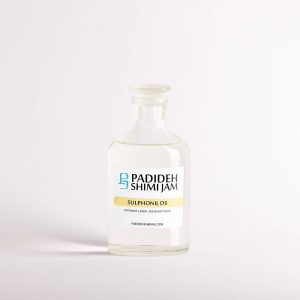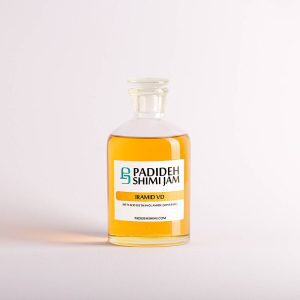Benzalkonium Chloride
Benzalkonium chloride (BAC) or Retanil, a chemical raw material belonging to the group of tetravalent ammonium compounds with concentrations of 20 and 50%, having a cationic active surface, mainly as a surfactant agent with low foam, retarder, leveling and color uniformity in industries Dyeing and textile, a strong antimicrobial against a wide range of microorganisms is used in the animal husbandry industry with low toxicity.
- Anti-static agent
- Low-foaming agent
- Anti-static agent
- Preservative
- Low-foaming agent
- Sanitizing agent
- Sanitizing agent
- Preservative
- Sanitizing agent
- Preservative
- Low-foaming agent
- Anti-bio base corrosion agent
- Low-foaming agent
- Retarder
Applications and uses of Benzalkonium Chloride
- Textile industry: Benzalkonium chloride is used as a retarder in the textile industry. It is used in textile processing for uniform dyeing of fabric.
- Veterinary disinfectants and disinfectants: RETANIL can be used in disinfectants and disinfectants used in the livestock and poultry industry. It is used in veterinary antiseptic products, including disinfectants and wound care solutions.
Features and properties of Retanil
⇐ Solubility: Benzalkonium chloride is soluble in water and other polar solvents, which makes it easy to incorporate into water-based formulations.
⇐ Antistatic: Retanil, as a chemical substance with a cationic surface, can show antistatic properties, which helps in textile processes.
⇐ Leveler and uniformizer: RETANIL is a leveling agent with affinity to acrylic fibers, which can reach the desired places for dyeing in the fabric fibers faster than the dye material at the beginning of the fabric dyeing process. Therefore, it reduces the rate of color absorption and in the high temperature range (more than 80 degrees Celsius), reduces the wear rate of cationic dyes and causes uniform color absorption on the fabric.
⇐ Cationic compound: As a cationic compound, benzalkonium chloride has a positive charge, which allows it to interact with negatively charged surfaces such as the microbial cell membrane and improve its antimicrobial performance. On the other hand, retarder competes with cationic dyes used in the textile industry to occupy anionic areas. In the next stages of dyeing, with the increase in temperature, some cationic bonds in the retarder are broken and a new binding site is created for the dyeing material, and finally it makes the dyeing complete and the color uniform.
⇐ Wide range of antimicrobial activities: Benzalkonium chloride exhibits a wide range of antimicrobial properties and is effective against various types of bacteria, viruses, fungi and some single-celled parasites. This compound disables or destroys these microorganisms by disrupting their cell membranes.
⇐ Surfactant agent: Benzalkonium chloride, as a surfactant with a low foam, reduces the surface tension between liquids and solids. This property allows it to improve the wetting, spreading and penetration properties of materials and is useful in different formulations.
| Appearance at 25°C | Clear liquid |
| Actives % | Min. 49 |
| Solid % | Min. 50 |
To download the catalog file of this product for free, use the opposite link:
Enter your contact number
Enter Your Contact Number
To download the MSDS file of this product for free, use the opposite link:
To download the TDS file of this product for free, use the opposite link:

